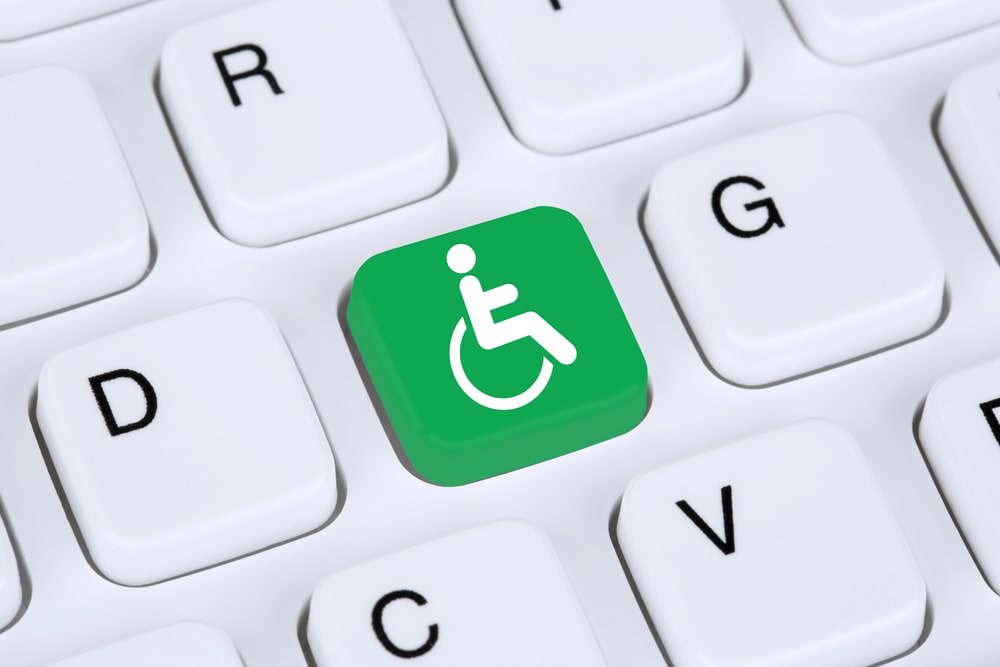How to Make Your Website Content Accessible for All Users

The digital world should be open to everyone, but not all websites are equally welcoming to users with disabilities. Accessibility is more than just a trend; it’s something that impacts millions of individuals. Inaccessible content excludes a significant portion of the population, potentially limiting your audience and reducing your reach.
Ensuring that your website content is accessible is essential, and not just for ethical reasons. It also enhances the user experience for everyone and can positively impact your search engine rankings.
Understanding Web Content Accessibility
Web accessibility refers to the practice of designing and developing websites so that people with various disabilities can use them. This encompasses many different principles and best practices, from ensuring proper navigation for keyboard users to including tools for screen readers. Accessibility ensures that everyone, regardless of physical or cognitive limitations, can interact with online content.
In many regions, including the U.S., there are legal requirements for web accessibility. The Americans with Disabilities Act (ADA) and the Web Content Accessibility Guidelines (WCAG) set out criteria that websites must meet. Non-compliance can lead to legal action, making it critical to make sure your website meets these standards.
Key Elements of an Accessible Website
Using Alt Text for Images
One fundamental principle of accessibility is using alternative text, or “alt text,” for images. This provides a textual description of images for users who are visually impaired and rely on screen readers. It allows them to understand the content and context of the image, even if they can’t see it. Alt text should be concise yet descriptive, offering enough detail to convey the image’s meaning.
Creating Descriptive Links and Buttons
Vague link descriptions like “click here” can be problematic. Links should be clear and descriptive, telling users exactly where they are going or what action they are taking. This is especially important for users who navigate through a screen reader, which reads links out loud. Properly labeled buttons and links makes the experience more intuitive for all users.
Ensuring Accessibility for Different Disabilities
Visual Impairments: Screen Readers and Color Contrast
For users with visual impairments, screen readers are essential tools that read website content aloud. Structure your website with clear headings, logical order, and using ARIA (Accessible Rich Internet Applications) landmarks to help screen readers provide better navigation. Also, proper color contrast is vital for users with low vision. Websites should ensure that text is readable against its background by using accessible color contrast ratios.
Hearing Impairments: Subtitles and Transcripts for Multimedia
For users who are hard of hearing, subtitles and transcripts are essential for understanding multimedia content. Videos should always include subtitles, and podcasts or audio elements should include full transcripts. This not only improves accessibility but can also help with SEO as search engines index transcripts and captions.
Testing and Continuous Improvement
Several tools can help test a website’s accessibility. Software like WAVE, Axe, and Google’s Lighthouse audits can automatically check for common issues. These tools identify problems such as missing alt text, poor contrast, or improperly structured content, allowing developers to address them quickly.
Accessibility isn’t something you just do once and then forget; it needs ongoing attention. As technology and content evolve, so too must your website. Conducting regular audits and updates will ensure compliance with accessibility guidelines. Continually monitoring and refining your website will help maintain accessibility and provide a better experience for all users.
Learn More About How to Create Accessible Web Content with the Experts at Pink Dog Digital
Ready to embrace inclusivity and create an accessible website that reaches and resonates with everyone? Pink Dog Digital can help! Our team of design and content creation experts specializes in accessible web content creation, interactive web design, email marketing, and social media marketing.
Let’s go beyond compliance together and create a digital experience that is truly accessible for all. Get in touch with us by filling out our online contact form or sending us an email at pinkdogdigital@gmail.com to learn more.

